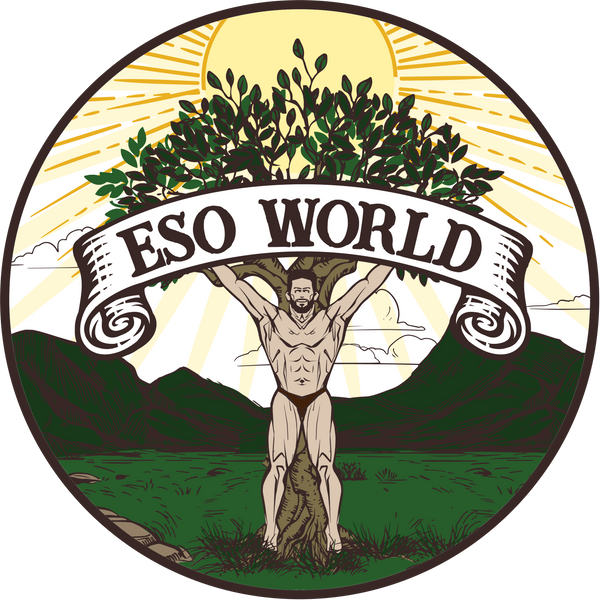The journey through the world of dairy uncovers the profound transformations that milk has undergone from ancient pastures to modern supermarkets. Once simply known as milk, raw milk has nourished humans for centuries, celebrated for its rich content of protein, carbohydrates, essential vitamins, minerals, and enzymes—many of which are diminished or destroyed during pasteurization or homogenization. Not only does raw milk offer significant nutritional benefits, but its probiotics also support gut health, digestion, immune function, and there's anecdotal evidence suggesting it might even reduce the risk of allergies and asthma.
This exploration takes a surprising turn with Nathaniel Rothschild, a renowned financier with a lifetime seat in the English House of Lords. Intriguingly, one of his rare parliamentary speeches was dedicated to the topic of milk pasteurization. Why would a figure with such deep ties to finance delve into dairy processing? This peculiar focus by Rothschild raises questions about the motives behind pasteurization debates—was this a strategic move to influence public health policy, or perhaps an effort to reshape the dairy industry as it edged toward industrialization? Such an intervention suggests a deeper narrative at play, potentially linked to consolidating control over milk production and impacting small farmers.
In the modern era, the practices surrounding milk production reveal a stark contrast. Hormone injections are commonly used in factory farming to increase milk yield, leading to elevated levels of estrogen and other endocrine disruptors in the milk we consume. This is a far cry from the milk produced by grass-fed cows, which are raised without hormone treatments and in stress-free environments, allowing them to produce milk that is not only richer in nutrients but also lower in unwanted additives.
The pasteurization process itself was introduced as dairy farms transformed into larger industrial operations. Originally, pasteurization was a necessary measure to ensure safety amid declining milk quality due to these industrial practices. However, this process also strips milk of some of its natural goodness.
Despite these changes, there's a growing appreciation for raw milk, harking back to its roots as a purer alternative. This "Raw Milk Renaissance" is fueled by consumers seeking milk that retains its full array of nutrients and enzymes, offering a taste that’s as close as you can get to what our ancestors enjoyed. This resurgence also includes a movement towards milk from grass-fed, hormone-free cows, emphasizing a return to simpler, cleaner dairy practices.
Moreover, the modern dairy dilemma includes unexpected twists, like the issue of grains imported for cattle feed, sometimes contaminated with salmonella due to exposure to wildlife such as turtles. This scenario illustrates the complex food safety challenges that arise when cows are fed diets not suited to their natural grazing habits, highlighting the benefits of sticking to grass-fed sources which eliminate these risks.
For those looking to explore the benefits of raw milk or ensure the purity of their milk, finding reliable sources is crucial. Consumers are encouraged to research local raw milk providers, ask about farming practices, and ensure the milk is handled safely to reap the health benefits without compromising on safety. To find raw milk near you, visit global resources like GetRawMilk.com or, if you're in the UK, check out the detailed map at RawMilkProducers.co.uk






